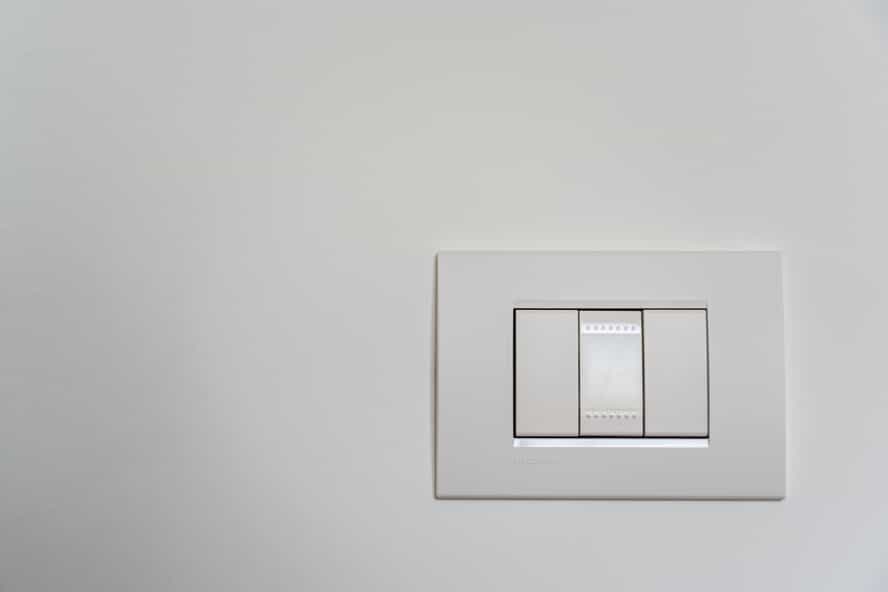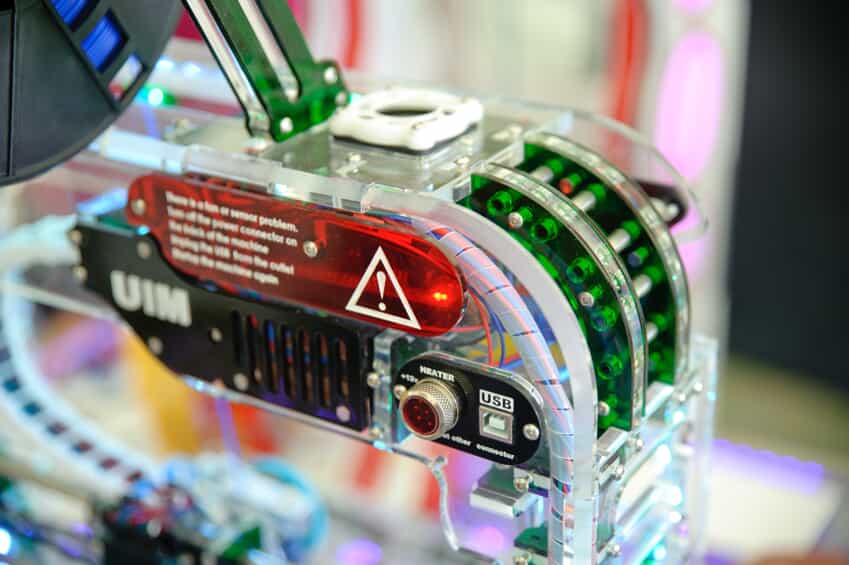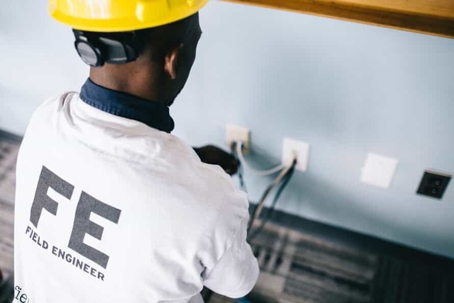5 Types of Electric Installations and Why They’re Important
An Introduction to Electrical Installations
The revolution of electrical installations has been nothing short of transformative. Dive deep into America's history, and you'll be greeted with tales of Edison's incandescent bulb, Tesla's alternating current, and Westinghouse's contributions to modern electrical systems. As we navigate the labyrinth of switches, circuits, and wiring in our homes and cities, it's hard not to marvel at how these electrical installations have evolved, shaping the backbone of modern America.
What are types of electrical installations? Compare the most common in the table below.
Type | Primary Purpose | Key Components | Importance |
Residential | Home lighting, appliance, heating and cooling | Copper wiring systems | Safety, comfort, and convenience |
Commercial | Business needs | Energy management systems, LED bulbs | Operational efficiency, safety, cost |
Industrial | Machinery and equipment | Motor controls, safety devices | Production continuity, safety |
Renewable Energy | Clean energy production | Solar panels, wind turbines | Environmental benefits, economic savings |
Outdoor | Street lighting, outdoor facilities | Streetlights, EV charging stations | Public safety, convenience |
What Are Types of Electrical Installations?
1. Residential Electrical Installations

Residences: Where Comfort Meets Innovation
From humble abodes in suburbs to towering skyscraper condos in the heart of cities, electricity fuels our domestic lives. But what makes our homes glow at night or the AC hum on a sultry day?
Wiring Systems: Predominantly using copper for its excellent conductivity, the wiring snakes through our walls, safely delivering electricity.
National Electrical Code (NEC):This isn't just a booklet but a bible for American electricians. It's regularly updated, ensuring the latest standards for safety are implemented in our homes.
Why is Residential Installation Important?
It's not just about lighting up homes; it's about the well-being of its inhabitants. Proper residential installation ensures the safety of families, reducing the risk of electrical fires and other hazards. It's also about convenience. Think about smart homes, WiFi-controlled lighting, and energy-efficient heating.
2. Commercial Electrical Installations
Beyond Brick and Mortar: Powering Businesses
Every time you walk into a mall, a restaurant, or your office, take a moment to appreciate the complex electrical installations that make these spaces functional and safe.
Efficient Lighting Systems: Beyond just illumination, modern lighting in commercial spaces is about setting moods and conserving energy. The move to LED lighting, for instance, isn't just trend-driven. LEDs consume significantly less energy than their incandescent counterparts.
Energy Management Systems: In a world increasingly conscious of its carbon footprint, businesses now harness advanced systems to optimize power consumption, thus reducing utility bills and boosting sustainability.
3. Industrial Electrical Installations

The Heavy Lifters of the Electric World
If residential systems are intricate, industrial ones are colossal. Powering mammoth machines and ensuring uninterrupted operations, these installations are the unsung heroes behind the products we use daily.
Motor Controls: These are crucial in managing industrial machines, ensuring they operate optimally and safely.
Safety First: Beyond just machinery, these installations prioritize worker safety. From emergency shut-offs to elaborate circuit breakers, the aim is always zero accidents.
4. Renewable Energy Installations
https://www.pexels.com/photo/a-man-in-black-shirt-installing-a-solar-panel-on-the-roof-9875405/
[[INVALID_TOKEN]]
Embracing the Future, Today
America's interest in renewable energy isn't new. However, with the intensifying dialogue on climate change, installations that harness wind, sun, and water for power are more critical than ever.
Components Deep-dive: Solar panels, for example, have photovoltaic cells that capture sunlight, converting it into electricity. This power then goes through inverters, transforming it into a form usable for homes and businesses.
Benefits Beyond the Environment: Renewable installations aren’t just an answer to environmental concerns. They’re also about economic sense, given the increasing affordability and efficiency of solar and wind systems.
5. Outdoor Electrical Installations
Illuminating the Outdoors
A well-lit park, streetlights guiding you home, or the electric buzz of a concert in an open arena – outdoor installations add life to our cities.
EV Charging Stations: With a growing number of Americans switching to electric vehicles, charging infrastructure is spreading like wildfire. They're more than just power sockets; they're a commitment to a greener future.
The LED Revolution: Streetlights have seen a massive shift to LEDs, translating to huge savings for municipalities and enhanced longevity.
Safety Regulations and Standards
Safety isn't a mere buzzword; it’s integral to American electrical installations. The NEC, constantly updated, ensures electricians across the country follow a standardized safety protocol. Add to that state-specific regulations, and we have a safety net that's hard to breach. Crucial to this ecosystem are licensed electricians, their training updated with the latest in technology and regulations.
Future Trends
Stepping into Tomorrow
The future of electrical installations isn't just about more power or efficiency but smart adaptability. Imagine homes that learn from your behavior, streets that change lighting based on traffic and pedestrian movement, or factories that self-regulate for optimal energy consumption.
Smart Homes: Beyond voice-controlled devices, homes of the future will intuitively know your preferences, adjusting lighting, temperature, and security accordingly.
Microgrids: These small-scale power grids, often powered by renewable sources, can operate independently or in conjunction with the main grid, offering unparalleled flexibility and resilience.
The Role of Government and Local Efforts
Understanding electrical installations in America requires recognizing the roles both the federal government and local communities play. The government's push for clean energy guides research sets standards, and offers incentives. In contrast, local authorities and communities are the real-world implementers of these new ideas and technologies. From city planning to home installations, the execution is done at a local level.
Together, these combined efforts not only power our cities and homes but also lead the way in innovation, safety, and sustainability. They unite in a common goal, keeping the U.S. at the forefront of electrical advancements and ensuring that future generations continue to benefit from this incredible legacy of innovation.
In Summary
Our journey with electricity, from Edison's bulb to solar-powered homes, has been transformative. And while we owe much to the past, it's the future that's truly electrifying. As we adopt smarter systems, champion renewables, and emphasize safety, one thing's for sure: the spark of innovation in electrical installations will continue to light up America's progress.
For more insights into electric installations or inquiries, feel free to contact us.

